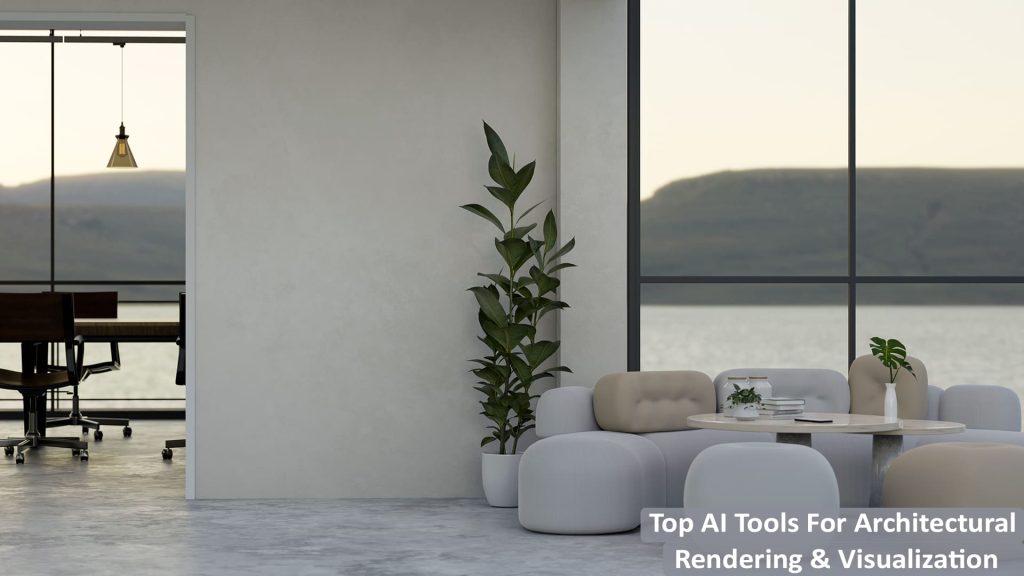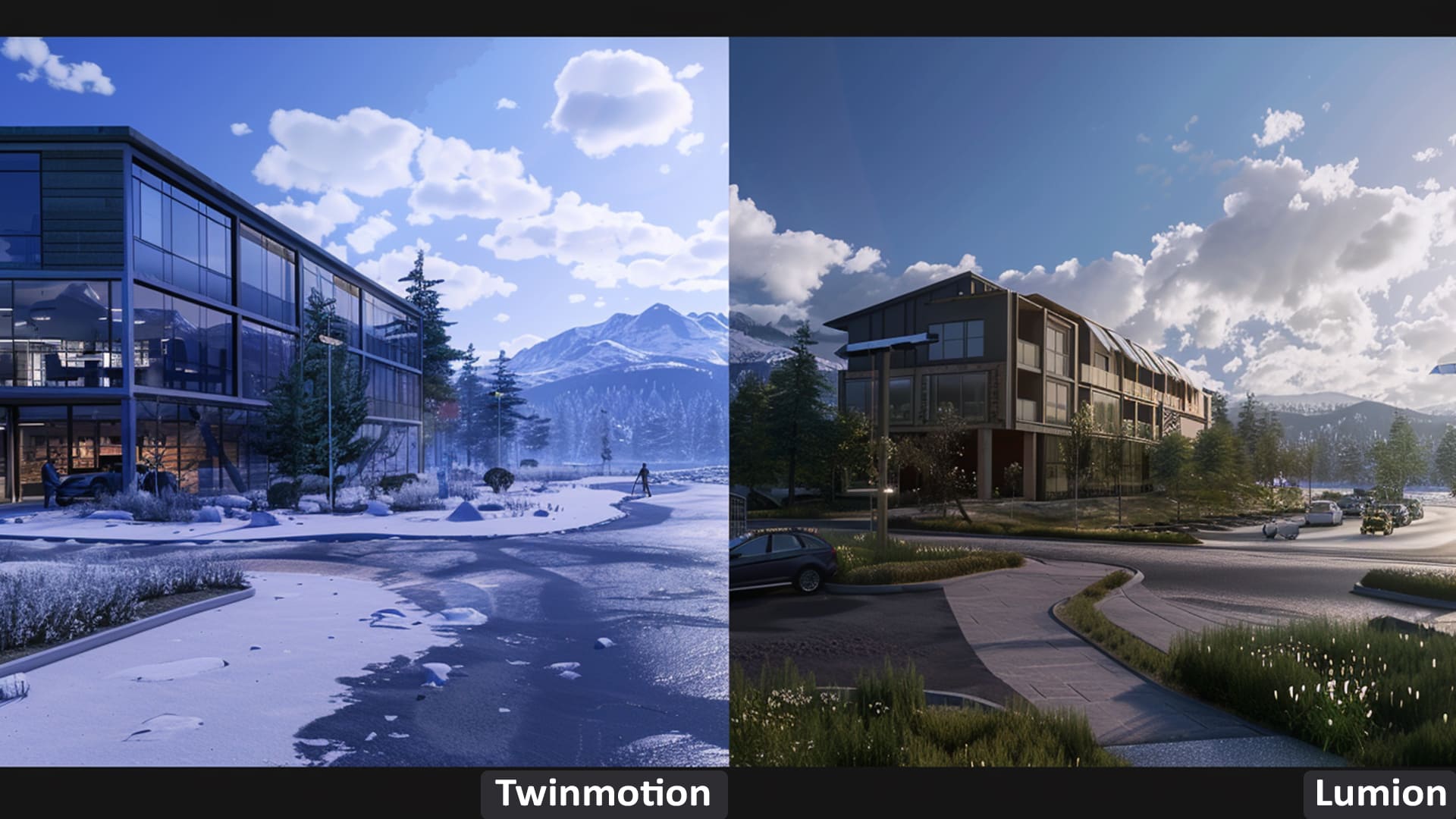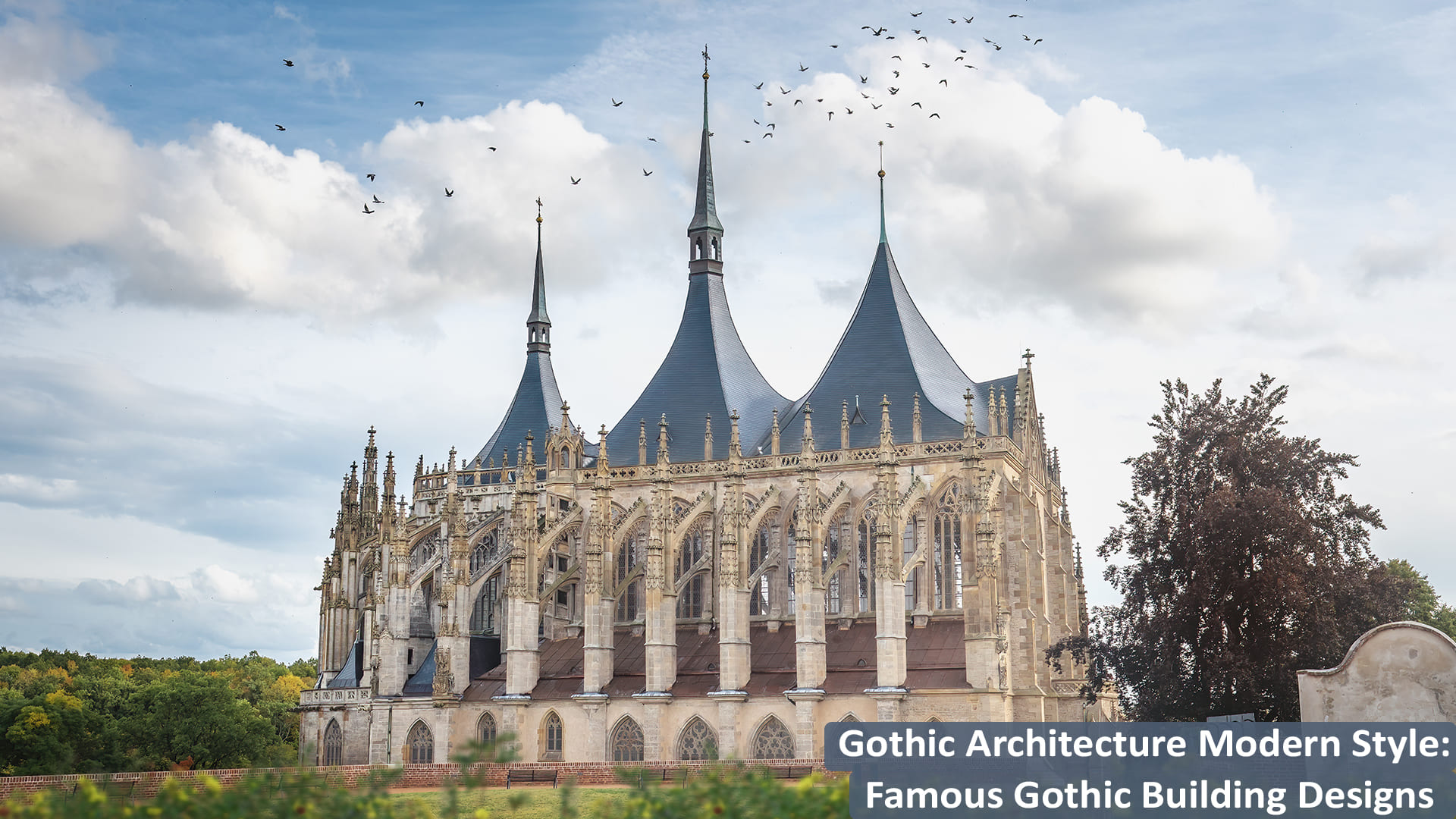Best AI Architecture Rendering Tools: Architectural AI Rendering is one of the most trending topics in the architecture industry which has taken the world by storm. Everyone is talking about this revolutionising and innovative technology and if you want to learn more about it, you are on the right page. Join us in learning everything about architectural artificial intelligence rendering, its benefits, top tools, limitations and will AI in architectural rendering impacts the jobs of architects. Let’s start with what is architecture AI rendering and top AI tools for architectural rendering and visualization.
What is AI Architectural Rendering
AI architectural rendering is a transformative technique that creates 3D renders by using Artificial intelligence and machine learning (AL/ML) algorithms rather than using traditional CGI software. By using AI in architectural visualization, the details can be illustrated in a more precise and accurate manner. It has already set new benchmarks in realism, and speed and made the 3D CGI rendering process more efficient.
Top AI Tools for Architectural Rendering & Visualization
Apart from streamlining the project flow, AI has significantly boosted new sparks of possibilities in the creative design segment. Have a look at the top trending architectural AI rendering tools/programs in the market.
1. Genera.so – Genera.so utilizes the power of artificial intelligence for generating digital renders in the field of architecture and interior design. The process is very simple and can be quickly learnt. Users provide text descriptions, upload a photo, and select style preferences to transform any room according to their requirements. Ideal for redecoration projects, it offers practical assistance and inspiration.
2. Visoid – Visoid is a cloud-based architectural artificial intelligence rendering software that creates architectural renders in just a few minutes. It does not require any additional hardware to operate. The entire visualization process becomes extremely seamless, effortless, and fast. Whether it’s about experimenting with lights, camera angles, landscapes, moods, colour schemes, or textures, this innovative AI-driven program empowers architects to achieve different outputs in just a few clicks.
3. RoomSketcher – RoomSketcher is a revolutionary tool that has helped a myriad of users including interior design enthusiasts, homeowners, and real estate professionals to bring their ideas to life. This tool is an architect’s friend that helps them to design home renovations, floor plans, 360 panoramas and interior designs with 100% accuracy.
4. Sketch2Render – Sketch2Render is a product of Gray Matter, which is one of the leading AI companies that’s working round the clock to make the work for architects easier. The interface of this architectural artificial intelligence rendering program is very user-friendly. It works on the principle of drag-and-drop. The user just needs to upload the sketches in 2D, select the style of renders and Bingo! The render gets ready in a few minutes.
5. Adobe Firefly – Adobe Firefly is based on the generative learning model and was introduced under the umbrella of Adobe Creative Cloud. This platform utilizes Adobe’s Sensei platform which has advanced and trained datasets for images, Creative Commons, Wikimedia and much more. It uses advanced machine learning algorithms to help architects efficiently conceptualize their designs.
6. Midjourney – Midjourney, Inc. is a research lab in San Fransico that offers an incredible way to convert text to images. This intuitive AI architecture rendering software uses the power of prompts to work. The architects give commands in the form of prompts and the algorithm understands it. The output is some great-looking images that are sure to impress the clients and collaborators.
Benefits of AI Architecture Rendering
Have a look at some benefits of using AI in architectural rendering industry.
1. Sustainable and Generative Designs – With the use of artificial intelligence and generative designs, architects can easily work on optimising energy-efficient designs. AI Architecture Rendering also reduces their research work on finding perfect sustainable and eco-friendly materials for building design. This is a breakthrough step towards achieving the goals of green architecture. This also enables resource optimization and reducing wastage.
2. Automated 3D Modelling – As the AI algorithms can easily analyse spatial requirements, design parameters as well as building codes, the 3D models can now be generated automatically with full precision and accuracy. By going for automatic 3D modelling, the architects can save a lot of time. This spare time can be used to focus on other important aspects of the project.
3. Site Analysis – For the success and sustainability of any project, it is crucial to perform site analysis to understand various geographical and environmental factors. By integrating AI architecture rendering in the site analysis process, architects can make better and more informed decisions about site selection and ensure an optimal design.
4. Data-Driven Designs – Unleashing the power of AI will help architects and designers to easily analyse vast datasets such as building performance, user preferences, locational analysis, environmental factors and much more within a few minutes. This helps to create more user-centric designs that are flawless, and the final structure will stand the test of time successfully.
5. Urban Planning and Historical Preservation – By visualizing environments and simulating objects, AI architecture rendering enables urban city planners to understand any infrastructure changes in future. AI can also create high-resolution renders from photos of architectural heritage sites that require any sort of restoration or preservation. This ensures that the historic sites are preserved with utmost reliability.
Limitations of Architecture Artificial Intelligence
Yes, AI is a game-changer tool in architecture but only when used in normalcy. AI architecture rendering should be used for idea generation and not full compilation. Though it allows the architects to visualize the idea quickly but certainly these renders lack detailing and could be major turn-offs for the clients. Following the traditional method ensures all details stand incorporated which is not true with AI architectural rendering. Sometimes AI can misinterpret the prompts can give a completely different picture. The renders generated by the AI lack emotions which is the first criterion to impress clients and stakeholders. Also, the results could be repetitive and monotonous which can lead to more frustration.
Can AI replace the work done by Architects?
Though AI architecture rendering techniques can serve as supplements, they cannot replace the human mind and creativity. The new upcoming roles of architects will involve a blend of AI technology and human vision, expertise, creativity, and intuition. AI is just a machine that understands only the digital inputs, but an architect understands tradition, culture and emotions which are reflected only in the designs created by human architects. But there is no second thought that architects must boost their learning curve by learning new AI-related tools and by blending it with their acumen will ace up their game and turn them winners.
The Bottom Line
The evolution of AI architecture rendering is remarkable but it cannot be considered fully production ready. Today we are standing at the cusp of a digital revolution where the future is all about having beautifully crafted renders by AI tools and programmed by humans. So this is all about top AI tools or programs for architectural rendering and visualization. Renderspoint has the best 3D visualizers in the industry who understand the requirements and deliver renders that are engaging, immersive and rich in emotions. Let’s work and grow together. Drop a line at sayhello@renderspoint.com or speak to us at +44 (0) 20 8146 5629.








